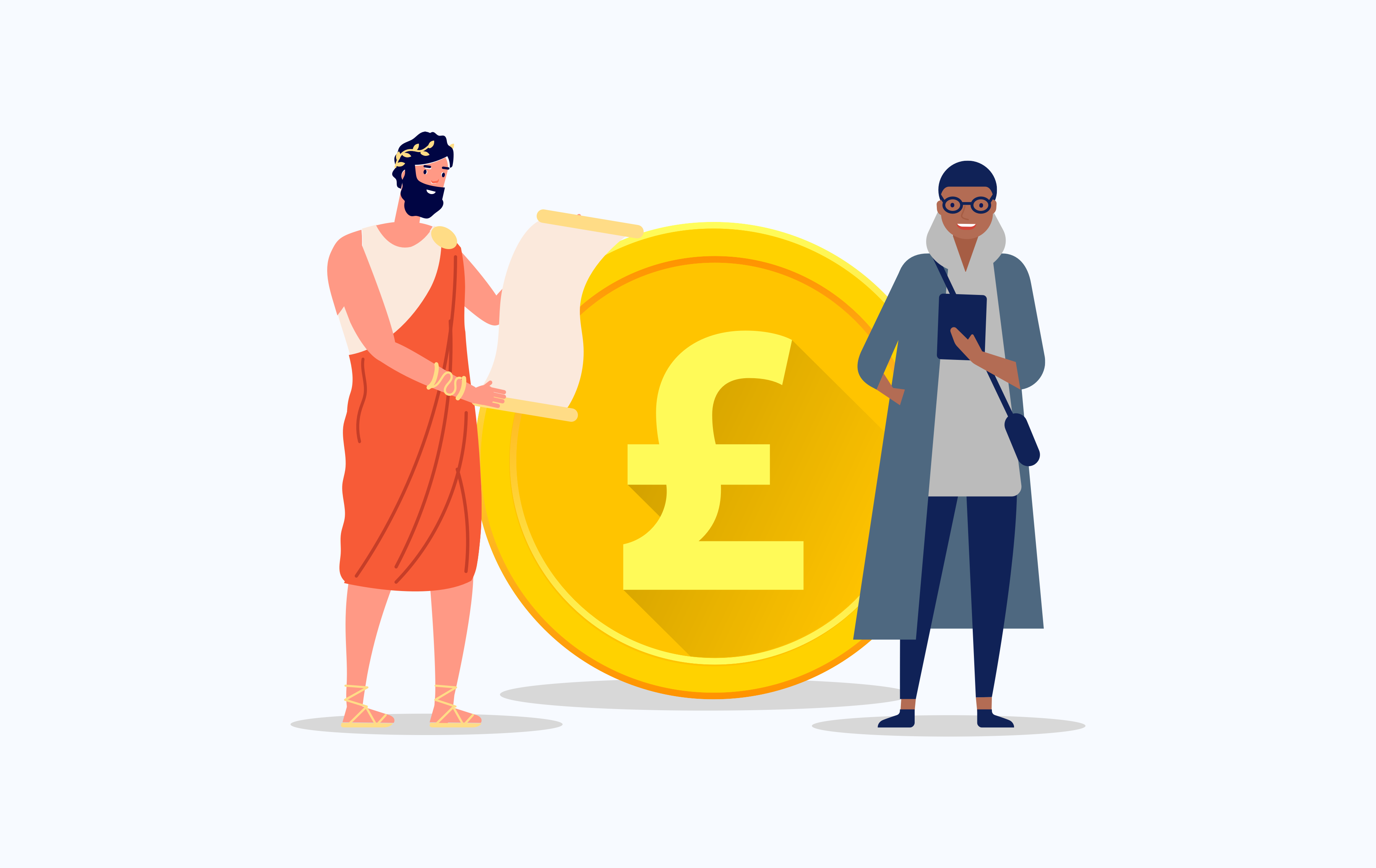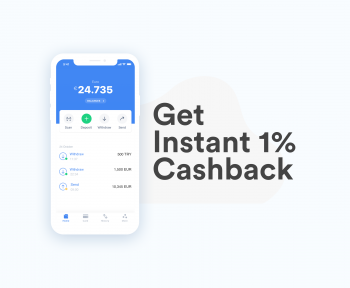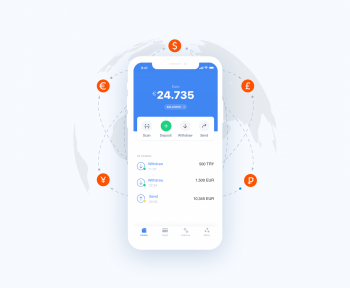When you hear about strong currencies, the British Pound (GBP) often comes to mind. From history books to today’s trading screens, the pound sterling has carried centuries of prestige, resilience, and financial influence.
It’s not only the GBP currency of the United Kingdom but also one of the most recognized forms of money across the globe.
In this blog, we’ll take you through the history of the pound sterling, how it became the currency we know today, the role of the Bank of England and the Royal Mint, and why people still call it a “quid.” We’ll also look into the pound sterling forecast for the future and what makes it unique compared to other global currencies.
Whether you’re simply curious about what is GBP, want to know what the symbol for GBP is, or are tracking British Pound predictions for your finances, this guide will give you everything you need—plus a perspective on how modern digital wallets like Jeton are transforming the way we use money today.
What Is British Pound Sterling?
So, what is GBP exactly? The GBP currency is the official money of the United Kingdom, divided into 100 pence since decimalization in 1971. It’s known globally as a strong and stable currency.
The GBP full form is “Great British Pound,” and it’s one of the oldest currencies still in use. The term “sterling” comes from the silver pennies minted around 775 AD, when 240 of them equaled one pound of silver. Back then, the pound was a vast fortune.
The British pound began as literal weight in silver, setting the foundation for the pound sterling banknotes and coins we use today. Its long-standing history makes it not just money but a reflection of Britain’s economic and cultural evolution.
Traders, businesses, and travelers worldwide recognize the British pound as one of the world’s top reserve currencies. Unlike many others, it has survived centuries of wars, political changes, and market fluctuations.
What Is the Symbol for Pound Sterling?
The symbol for GBP (£) comes from the Latin word libra, meaning “scales” or “balance,” which makes sense since it originally referred to a pound in weight. The symbol evolved into a stylized “L” with one or two strikethroughs.
Even today, when you see “£” in shop windows or trading charts, it represents one of the most historically significant and valuable currencies in the world.
History of the Pound Sterling
The pound sterling, the basic monetary unit of Great Britain, is divided (since 1971) decimally into 100 new pence. The term is derived from the fact that, around 775, silver coins known as “sterlings” were issued in the Saxon kingdoms, 240 of them being minted from a pound of silver, the weight of which was probably about equal to the later troy pound.
The British pound had its origins in continental Europe during the Roman era. The pound was a unit of currency as early as 775 AD in Anglo-Saxon England, equivalent to 1 pound weight of silver. This was a vast fortune in the 8th century.
It wasn’t until 1694, after England’s naval defeat by France in 1690 at the Battle of Beachy Head, that the first central bank in history—the Bank of England—was born, having exclusive control over this handwritten monetary value.
In 1717, for the first time, the UK began to define the pound sterling’s value in terms of gold, not silver. This idea was launched across the globe officially in the 1800s when Germany adopted the idea and, as a result, encouraged mass international trade for the first time in history.
The pound sterling sign (£) is essentially just an elaborate ‘L’ that has a line struck through it to identify it as an abbreviation (of the Latin word ‘libra’). Italy’s pre-euro currency, the Italian lira (L), derived its name from the same origins as the pound and was also often symbolized by an ‘L’ with either one or two strikethrough lines (£ or ₤).
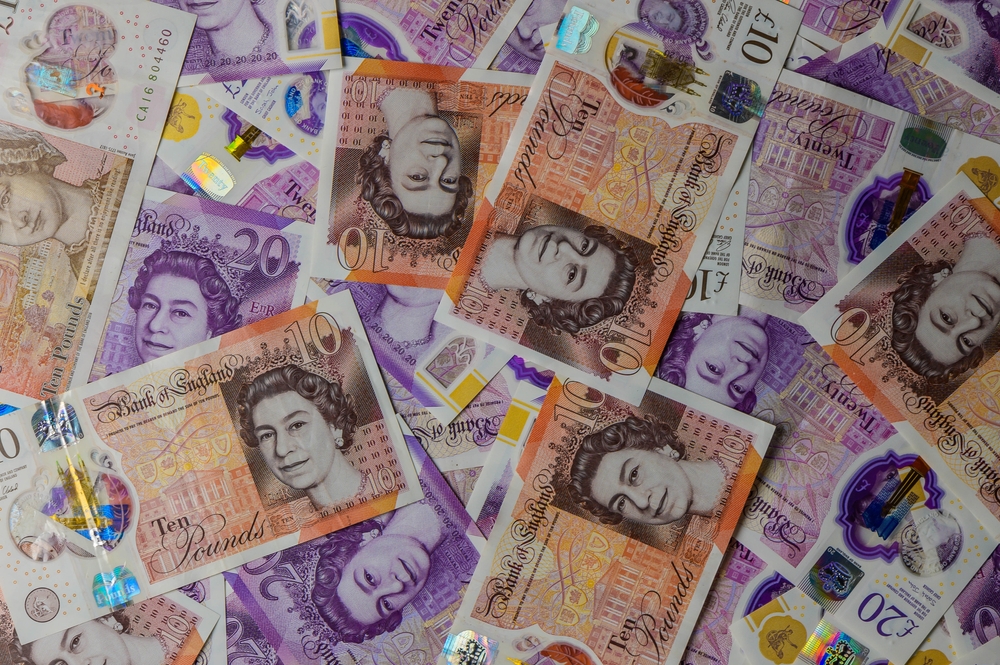
The Influence of War on the Pound
Being involved in a war and raising an army is extremely expensive. In an era when troops had to be fed and armed, one reason for changes in the pound has been the need to fund military campaigns abroad.
The establishment of the Bank of England itself was a result of William III’s need for funding to help him fight, while during the 1st World War banknotes were issued and Britain came off the gold standard to pay for the massive debts incurred by the war.
The Royal Mint and the Bank of England
The development of the pound sterling as we know it today wouldn’t have been possible without the creation of two important institutions: the Royal Mint and the Bank of England.
But did you know that in the past mints were found in most provincial towns and that the London Mint was just one of many across the country? Similarly, the Bank of England didn’t have a monopoly on the issue of banknotes until late into the 19th century.
While the British pound has seen many variations during the centuries, it has remained a staple and oftentimes the strongest currency in the world.
By not choosing to join the European Union and adopt the euro, the United Kingdom has made a brave and controversial decision, but it remains the highest-worth currency in the world. While its worth does fluctuate because it is traded on the free market, it is always one of the highest-value currencies in the world.
In summary:
-
The Royal Mint: responsible for producing coins, ensuring accuracy, and maintaining trust in the currency.
-
The Bank of England: established in 1694, it eventually became the sole issuer of pound sterling banknotes.
Together, they transformed the pound from scattered regional mints to a unified, reliable currency that could support Britain’s global ambitions.
What Was the Pound Originally Based On?
Originally, one pound equaled one pound of sterling silver. Over time, this link shifted to gold, and eventually, the pound became a fiat currency—like most modern money—backed by trust and government stability rather than precious metals. This transformation allowed the GBP currency to remain competitive and relevant even as global economies modernized.
Why Does the UK Use Pounds Sterling?
Why not adopt the euro? The UK has always been protective of its British pound, seeing it as part of national identity. While other European nations joined the Eurozone, Britain kept the pound, valuing its independence in monetary policy. This decision, though controversial, has helped the pound remain one of the world’s highest-value currencies.
What Did Britain Use Before the Pound?
Before the pound, Britain used a mix of Roman, Saxon, and medieval currencies. The introduction of sterling silver coins brought standardization and trust. From there, the history of the pound sterling evolved into the structured GBP currency we know today.
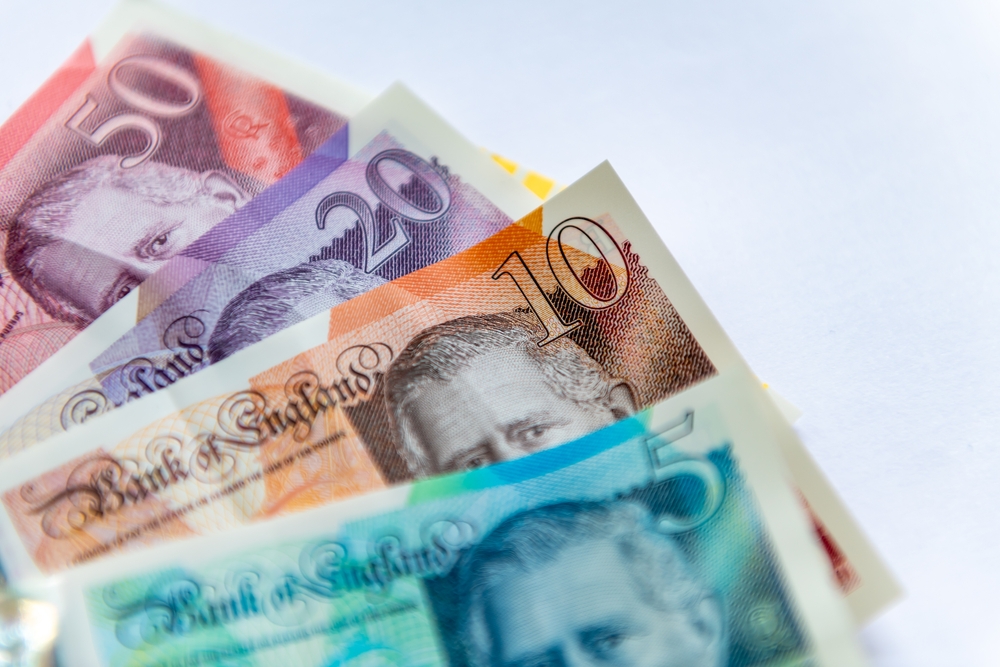
Why Do the British Call a Pound a Quid?
Walk into a London pub, and you might hear someone say, “That’ll be five quid.” The term “quid” has been used informally for centuries. Its exact origins are debated, but it’s believed to come from the Latin phrase quid pro quo(meaning “something for something”).
In casual speech, “quid” simply means “pound”—another example of how deeply embedded the currency is in daily life. If you want to learn more about money slangs, make sure to check out “Learning the Money Slangs From Around the World”!
Pound Sterling Countries
While the GBP currency is primarily used in the UK, it’s also the official currency of several territories, including:
- Gibraltar
- Falkland Islands
- Saint Helena
These Pound Sterling countries highlight the lasting influence of British history and the empire’s global reach.
British Pound Prediction for the Future
The pound sterling forecast is always a topic of interest for investors and businesses. Economic growth, interest rates, and global trade affect its strength.
Current British pound predictions suggest that while the pound faces challenges like Brexit’s aftershocks and global inflation, its reputation as a stable currency will keep it among the strongest worldwide.
Wrapping Up
From silver coins in Saxon England to being one of today’s most traded currencies, the history of the pound sterling is a story of resilience, adaptation, and prestige. The GBP currency has survived wars, global shifts, and economic crises, proving its strength time and again.
And just as the pound adapted through centuries, today’s financial world is evolving too. That’s where modern tools like Jeton Wallet and Jeton Card come in—offering you flexibility, security, and borderless transactions.
Whether you’re holding pounds, euros, or dollars, money today needs to be quick, global, and digital.
-
With Jeton Wallet, you can manage funds in multiple currencies, send and receive money instantly, and enjoy seamless global payments.
-
With the Jeton Card, you get safe, modern spending—both online and in stores.
Ready to experience smarter payments, such as United Kingdom payments? Open your Jeton account today!
Download the Jeton App now:
-
Get it on Google Play
-
Download on the App Store
The future of money is here—and Jeton is your trusted partner to be part of it!

